From July 1 to November 20, 2022, the Palazzo delle Paure and Villa Manzoni in Lecco will host the exhibition Poetics. Quotidiano e immaginario nell’arte italiana tra Ottocento e Novecento. The initiative is the first appointment of the project Percorsi nel Novecento, a program conceived by the Direction of the Lecco Urban Museum System and entrusted for its design and implementation to ViDi Cultural, which has proposed five exhibitions that, until November 2024, will investigate the Italian cultural scene in the first six decades of the 20th century. While starting from the analysis of pictorial languages, other artistic forms will also be explored, with a keen eye on the historical and social situation of the time. The scheduled exhibitions, which will follow a chronological scan capable of linking the end of the 19th century to the 1960s, are constructed with an educational and popular slant.
Poetics. Quotidiano e immaginario nell’arte italiana tra Ottocento e Novecento, curated by Simona Bartolena, produced and realized by ViDi - Visit Different, in collaboration with the Municipality of Lecco and the Sistema Museale Urbano Lecchese, recounts a moment of transition in Italian art, at the turn of the two centuries, between social verismo, Divisionism and Symbolism, through more than 90 works by authors who were as interested in the social question and the theme of the everyday as they were in theSymbolist imagery, such as Giovanni Segantini, Angelo Morbelli, Emilio Longoni, Giuseppe Pellizza da Volpedo Giovanni Sottocornola, Plinio Nomellini, Francesco Michetti, Antonio Mancini, and Leonardo Bistolfi, and by other less celebrated artists from important museums and public and private institutions, such as the Leonardo da Vinci National Museum of Science and Technology in Milan, which is lending eleven works, two of which were carefully restored for theoccasion, the Borgogna Museum in Vercelli, the Wolfsoniana in Genoa, the Palazzo Foresti Museum in Carpi, Il Museo della Permanente in Milan and the collections of Bper and Banca Popolare di Milano, and from numerous private collections throughout Italy.
“A new exhibition dedicated to the masters of Italian painting, which is part of the review aimed at promoting awareness of artistic strands and artists of the twentieth century, conceived by Simul and realized by ViDi as part of the partnership that has now linked us for several years,” says Simona Piazza, Lecco City Councilor for Culture. “The Poetic exhibition will also accompany us through a Lecco summer full of cultural proposals of different molds and with different targets, able to confirm the appeal of our city to visitors and tourists, who know they can find quality proposals in Lecco. I would like to thank the city offices, ViDi and curator Simona Bartolena for this splendid installation.”
“The first step in an itinerary dedicated to twentieth-century art,” explains Simona Bartolena, “can only still be in the territory of the previous century. The last two decades of the nineteenth century, in fact, were the indispensable antechamber to the innovations that then characterized the following years. This exhibition, then, in addition to offering reasons to reflect on a very interesting period full of changes, also paves the way for the series of exhibitions planned for 2023-2024, all dedicated to the Italian artistic and cultural scene of the first half of the 20th century. ’Poetics’ observes and narrates the transition between the two centuries in all its complexity, analyzing through more than ninety works of art by extraordinary artists (from Previati to Segantini, from Pellizza to Mancini, from Nomellini to Bistolfi) also the social, economic and political situation of post-unification Italy, at a time of progress and growth but also of obvious difficulties and fragility, especially from the social point of view. The slant I have tried to give to this exhibition is therefore, as usual, very narrative. The works are all commented by short captions and the exhibition route follows a narrative that from art opens the horizon to the Italian situation of the time. After the series of exhibitions dedicated to the Italian 19th century that I have had the honor and pleasure of curating in the rooms of Palazzo della Paure in recent years, I am very happy to be able to begin this journey in the first 60 years of the 20th century: a big commitment, but certainly a truly stimulating opportunity for a scholar who, like me, considers popularization an indispensable factor of her profession.”

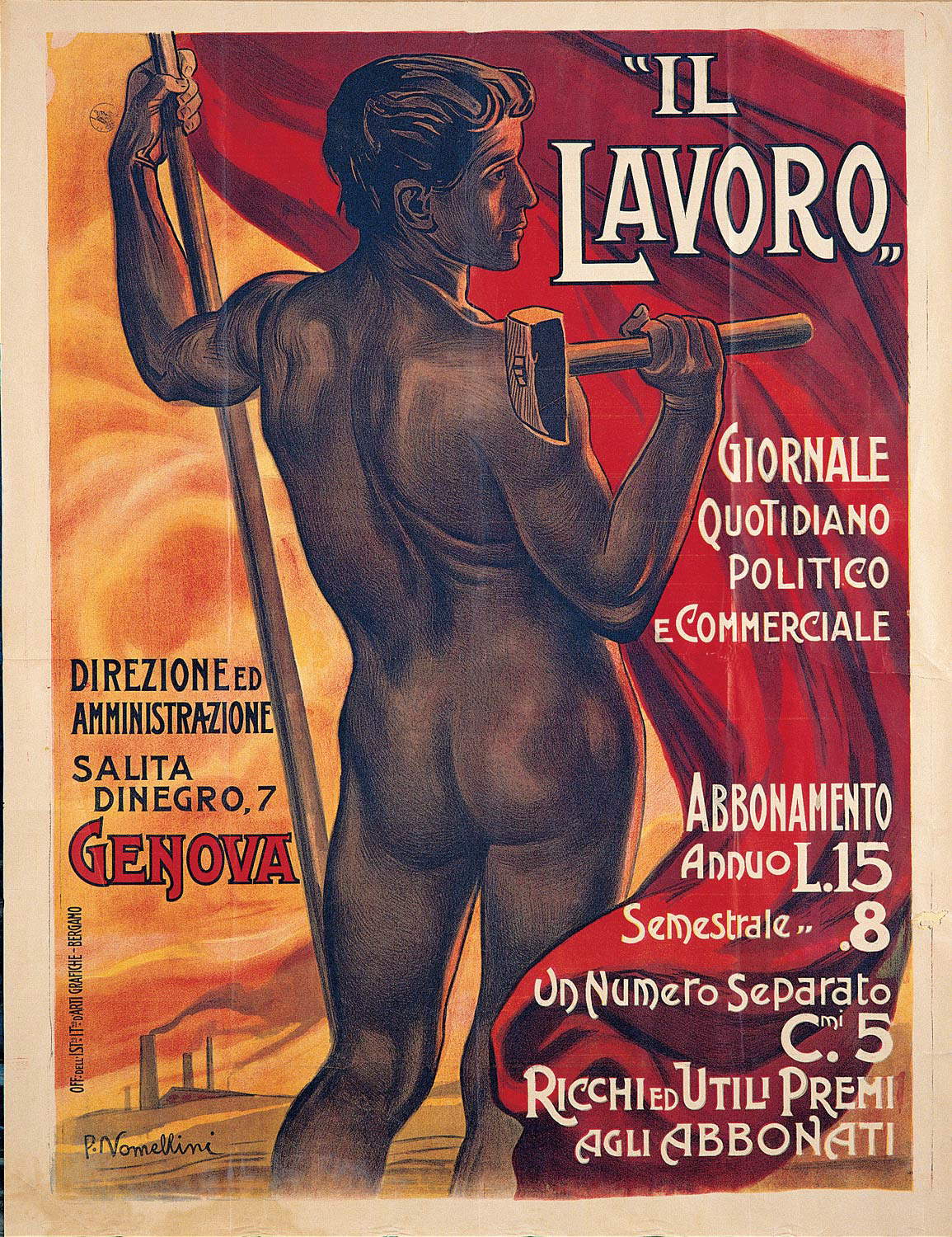
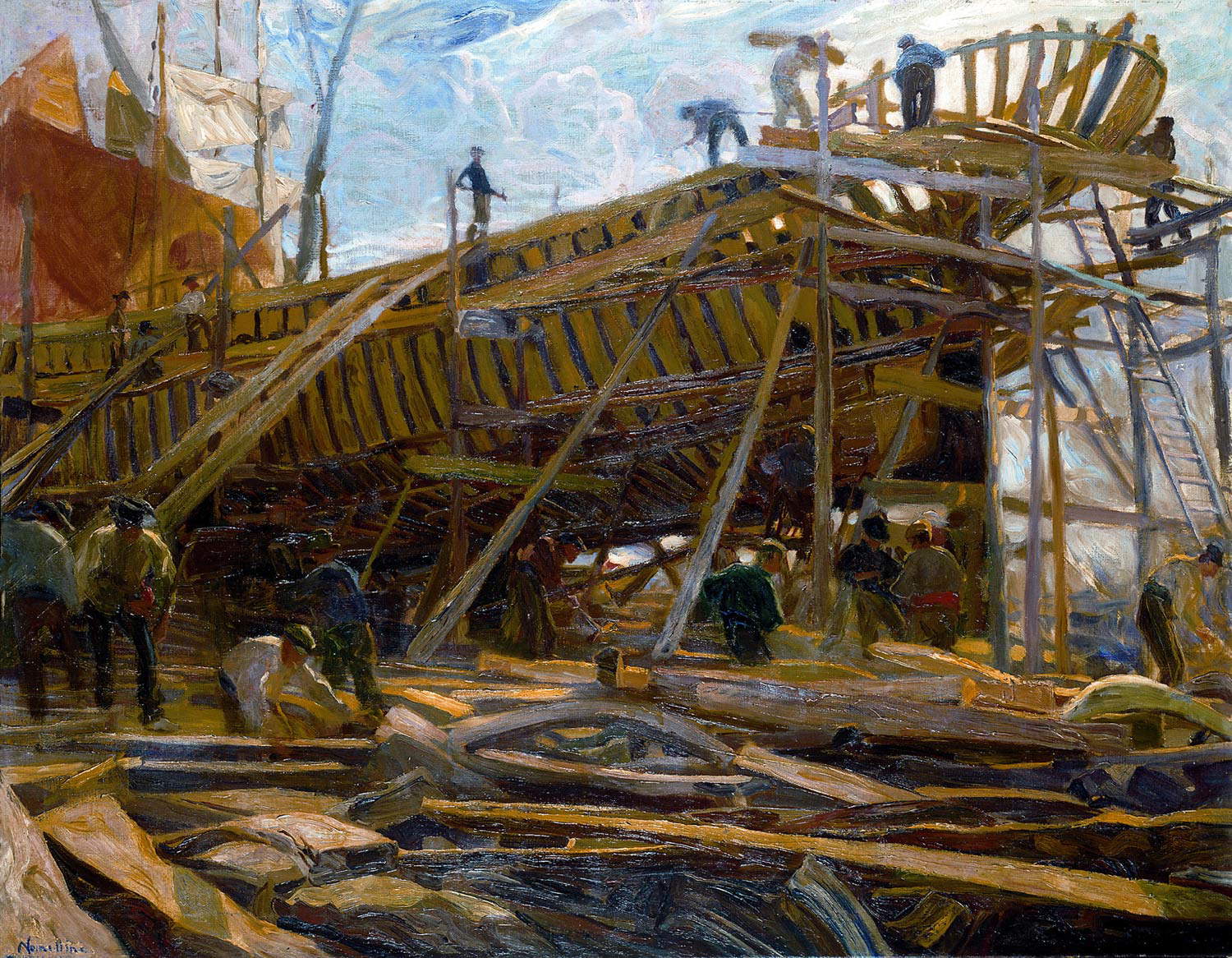
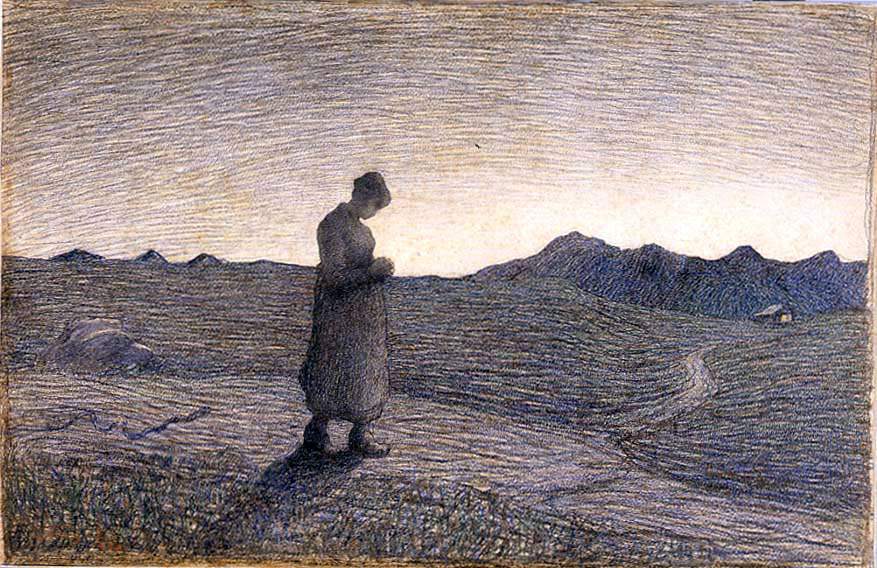
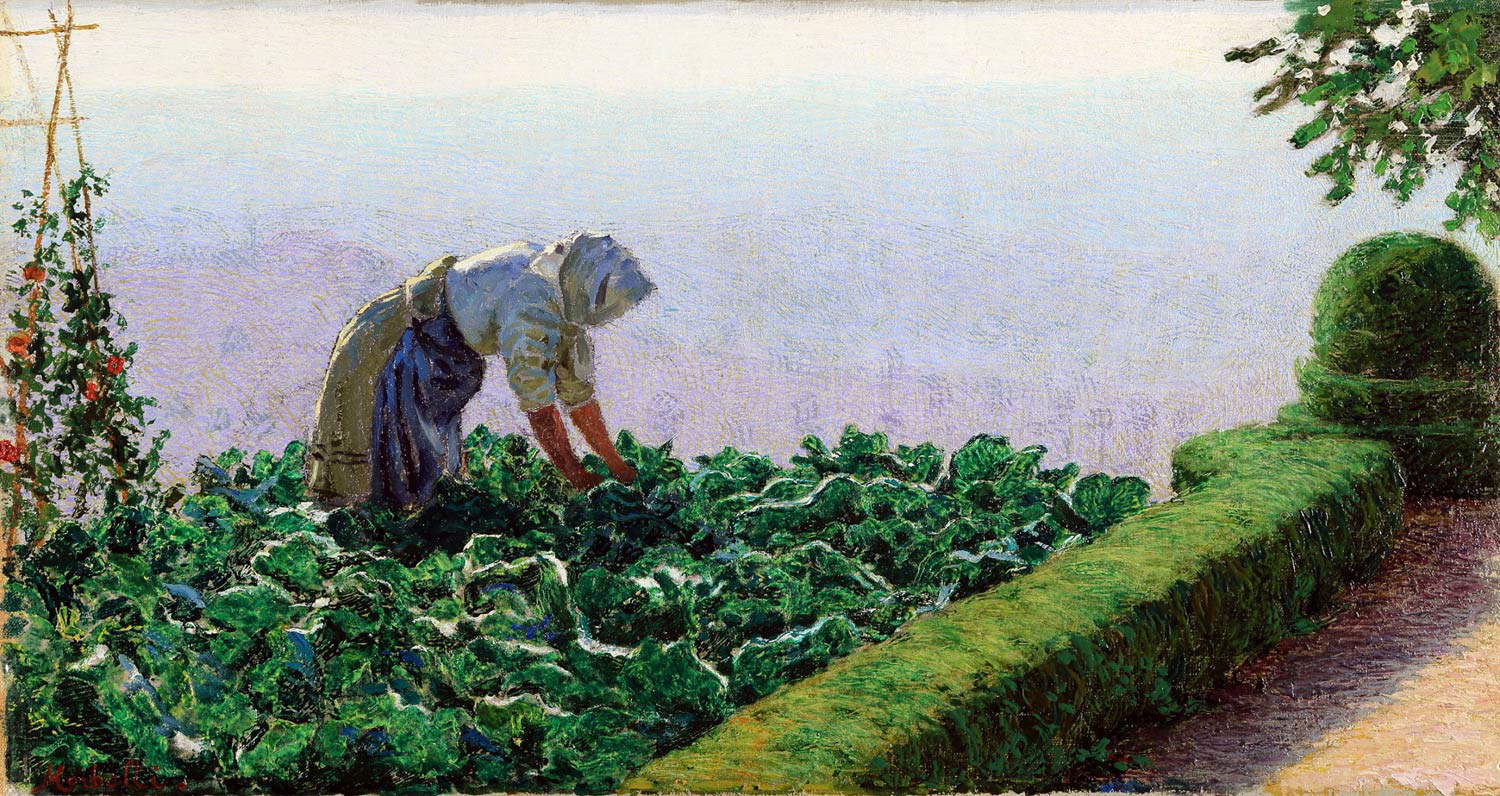
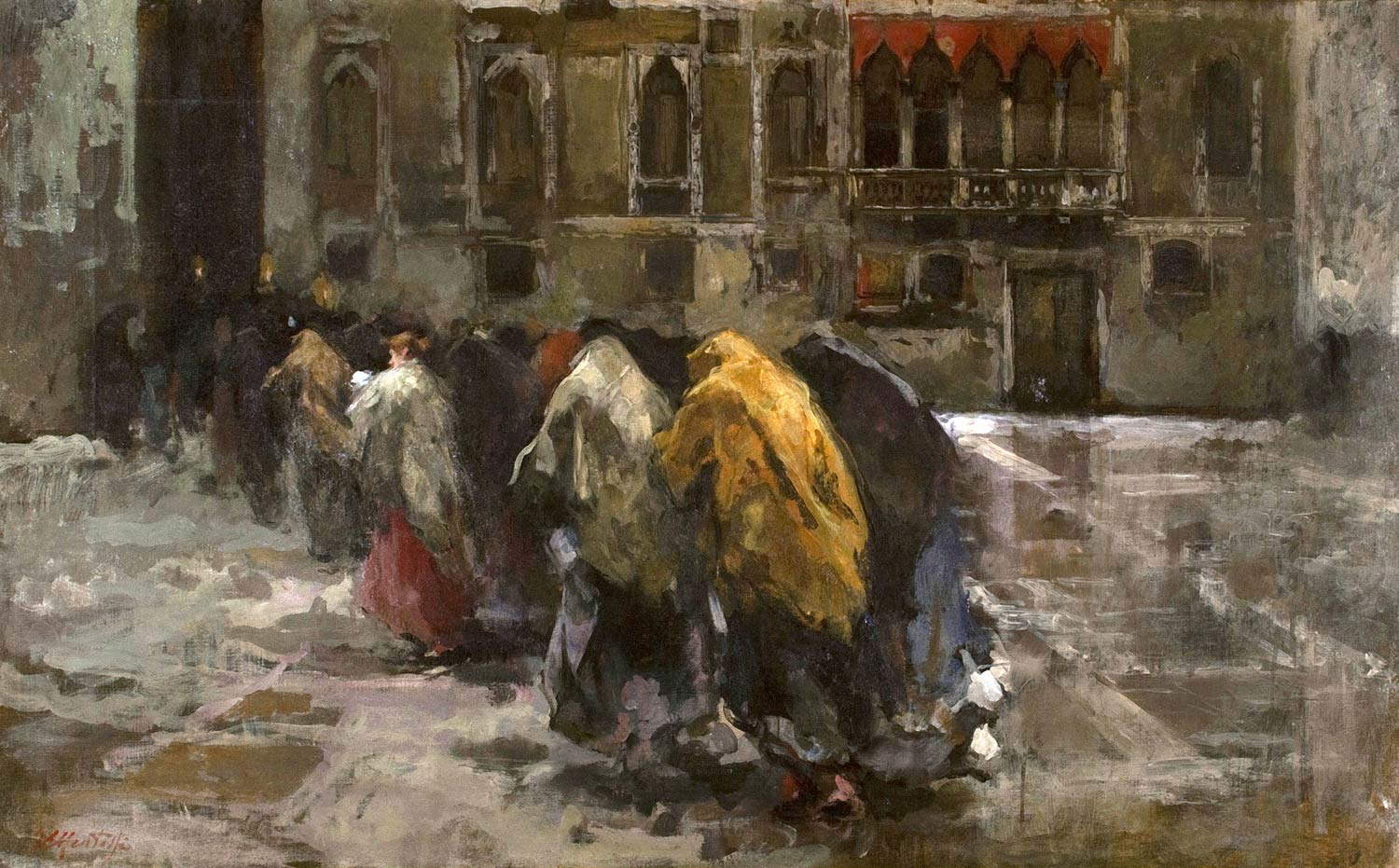
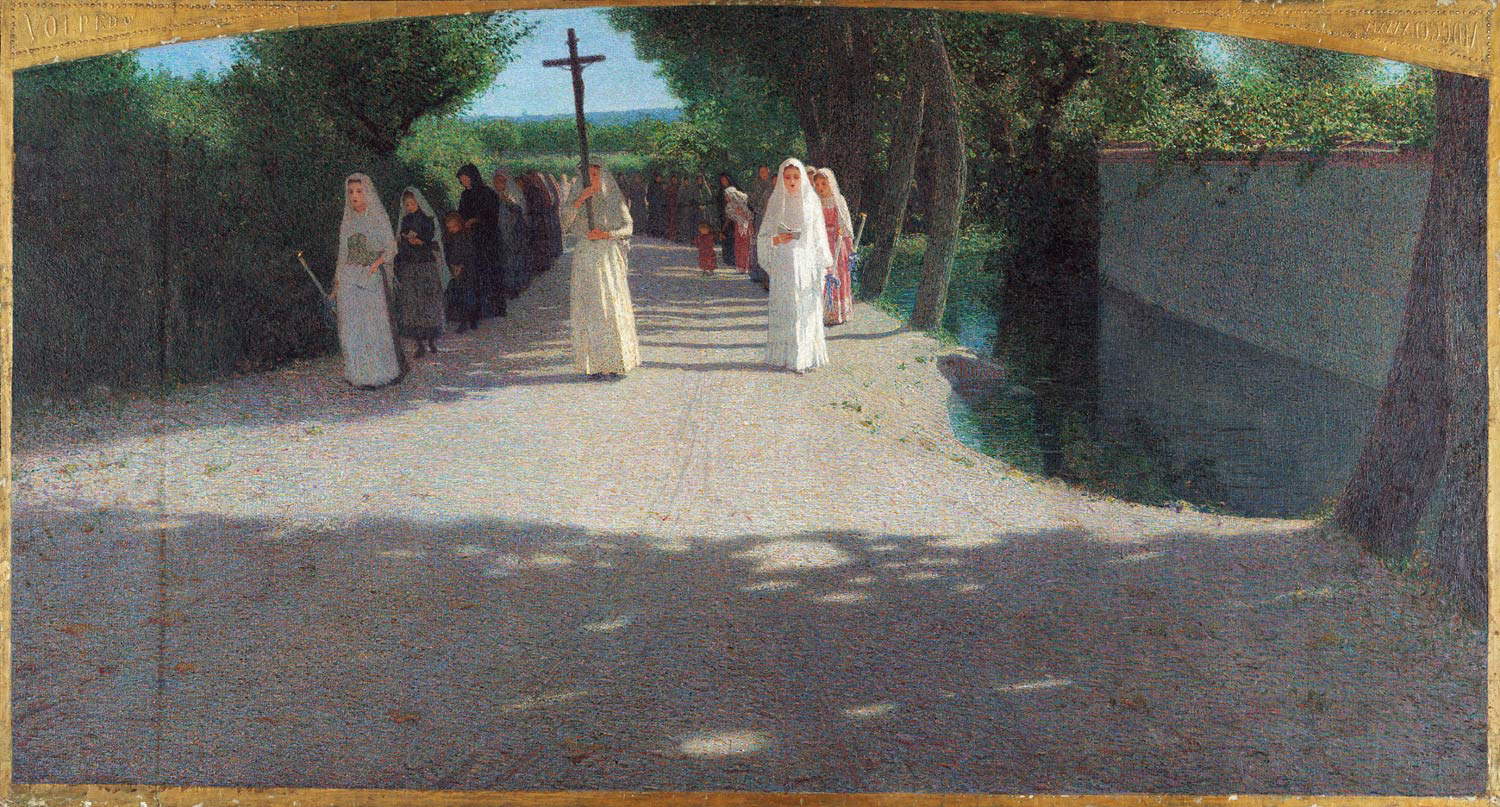

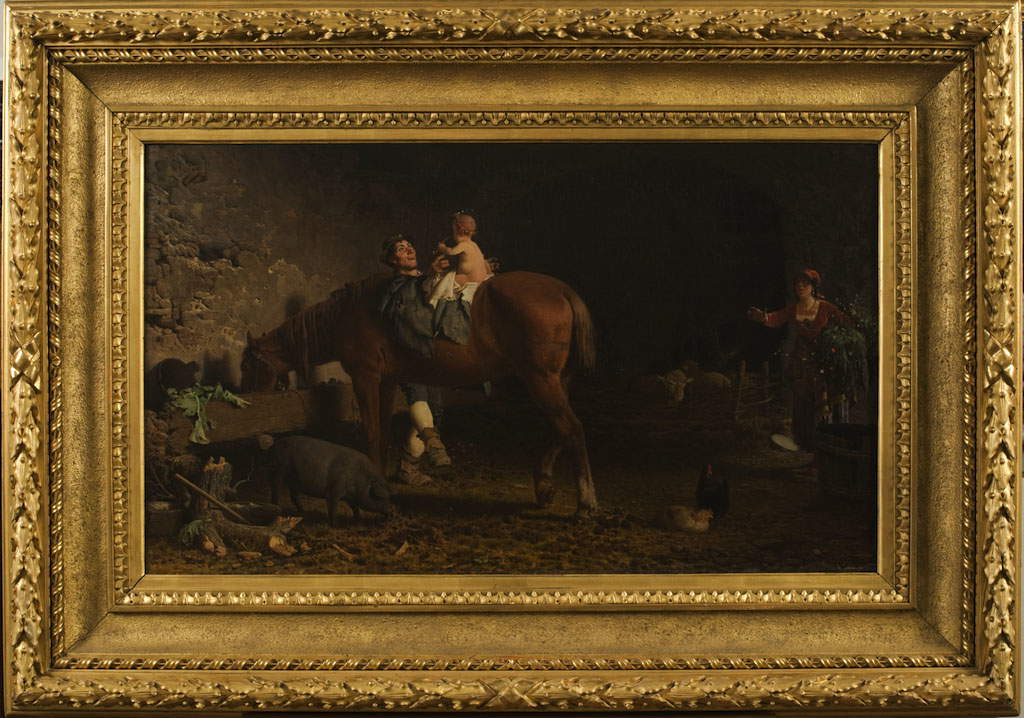
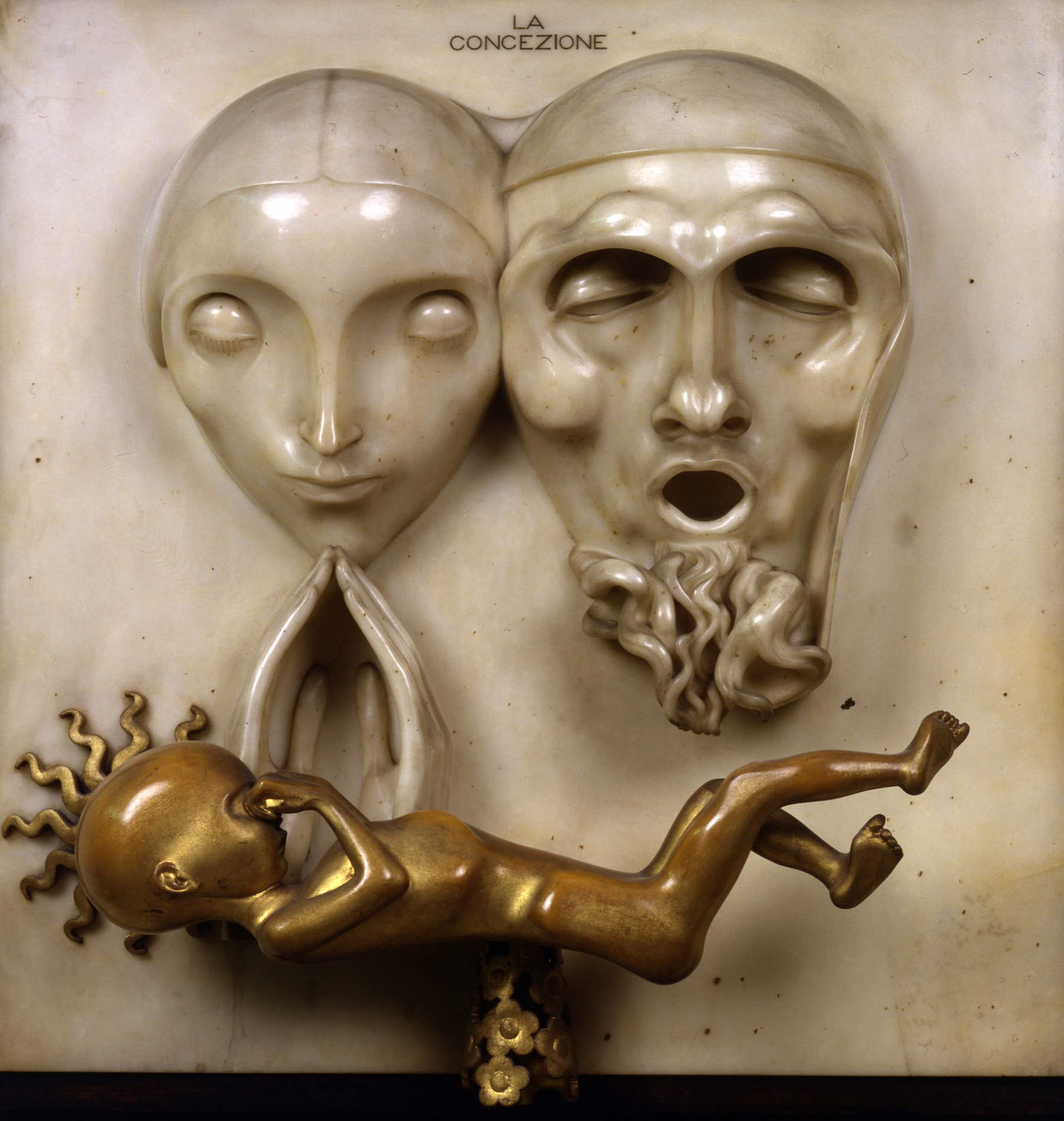
The exhibition considers Italian art of the second half of the 19th century, that is, when it knew a deeper interest in the social question, due both to the spread of socialist theses and to the new socioeconomic situation of the country, which offered important reasons for reflection. It was during this period that the first workers’ organizations were born, the first strikes were prepared, and violent peasant insurrections occurred. At the same time, the gaze of artists also changed, describing the subject often with merciless objectivity without any complacency or sweetening, with an attitude close to Verism, as had also happened in literature. At the same time, there is a tendency toward a spiritual approach to artistic creation, almost in desperate need of answers and with the need for intimate reflection and dialogue with the divine. This transcendent aspect, of a symbolist scope, is the protagonist of the research of many artists, whose production often remains poised between the two worlds: that of social verism and that of vision, as if they represented two expressions of a single moment.
The exhibition opens at the Palazzo delle Paure, considering the social theme, between genre painting and political interest, through paintings by Michele Cammarano, Vincenzo Gemito, Teofilo Patini, Francesco Michetti, Antonio Mancini, Angelo Morbelli and others. Work, captured in its most diverse aspects, is the focus of the analysis of authors such as Giovanni Sottocornola, Carlo Fornara, Plinio Nomellini, and Ambrogio Alciati, whose technique approaches that of divisionism. The attention of late nineteenth-century artists gradually moves away from the real world and toward the more dreamlike and imaginative aspects. As happens with landscape painting, approached, especially in the Divisionist sphere, with increasingly visionary tones, as in the works of Angelo Morbelli, Giuseppe Pellizza da Volpedo, Emilio Longoni, Vittore Grubicy, and Giovanni Sottocornola, but also of lesser-known artists such as Benvenuto Benvenuti and Sexto Canegallo.
A large section is also devoted to dreams and visions, between Symbolism and allegory, where Giovanni Segantini, Gaetano Previati, Giuseppe Pellizza da Volpedo, Leonardo Bistolfi, Plinio Nomellini, Giorgio Kienerk, Luigi Russolo, Jules Van Biesbroeck, Adolfo Wildt and many others accompany the visitor to already twentieth-century trends, between Symbolism and Art Nouveau. The exhibition itinerary is completed in the rooms of Villa Manzoni with a series of works inspired by the theme of life in the fields, between social denunciation, melancholy for a profoundly changing reality and idyllic imagery, portrayed by painters such as Emilio Longoni, Emilio Gola, Baldassarre Longoni, Achille Tominetti, and Arturo Rietti, who dialogue with paintings from the permanent collection of the Civic Museum of Lecco.
Curator Simona Bartolena will hold special guided tours of the exhibition once a month. For information and reservations prenotazionimostrapoetiche@gmail.com Edizioni La Grafica/Ponte43 catalog. Finally, ViDi Cultural has signed a collaboration agreement with the Borgogna Museum in Vercelli, which houses one of the most important collections on the Italian 19th century and for the exhibition has allowed the loan of Teofilo Patini’s Prima lezione di equitazione. By presenting a ticket to the Lecco exhibition, visitors can enjoy reduced admission to the Vercelli museum, and vice versa.
 |
| From Segantini to Pellizza, an exhibition in Lecco on Italian art between the 1800s and 1900s |
Warning: the translation into English of the original Italian article was created using automatic tools. We undertake to review all articles, but we do not guarantee the total absence of inaccuracies in the translation due to the program. You can find the original by clicking on the ITA button. If you find any mistake,please contact us.